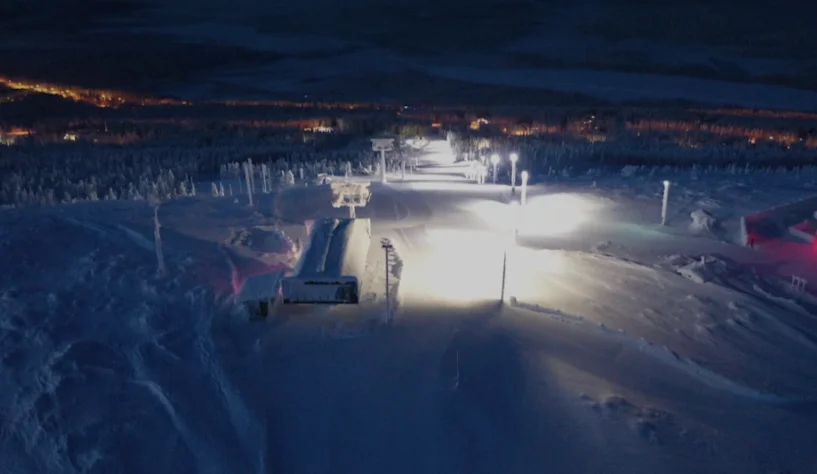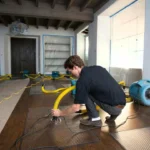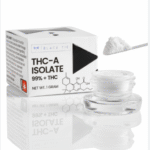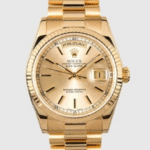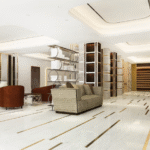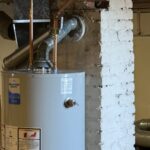Ski resorts require high-quality lighting to ensure safety, visibility, and energy efficiency for night skiing and low-visibility conditions. Traditional lighting systems often fall short in harsh winter conditions, making LED technology a superior choice. When selecting ski mountain LED lighting, several key factors must be considered to maximize performance and sustainability. This guide outlines the essential features that make LED lighting systems ideal for ski resorts, ensuring optimal visibility and reliability.
1. High Lumen Output for Enhanced Visibility
Ski slopes cover vast areas, and proper lighting is essential to maintain visibility for skiers, snowboarders, and resort staff. Unlike older lighting technologies, LED fixtures provide higher lumen output while consuming less energy. A strong, uniform brightness prevents shadows, reducing the risk of accidents.
When choosing ski mountain LED lighting, look for:
- High lumens per watt (lm/W) to maximize brightness while maintaining efficiency.
- Uniform light distribution to eliminate dark spots on the slopes.
- Color temperatures between 4000K and 6000K provide clear, white light that enhances terrain contrast.
2. Extreme Weather Durability
Ski resorts operate in challenging weather conditions, including freezing temperatures, heavy snowfall, and strong winds. LED lighting systems must be engineered to withstand harsh environments without performance degradation.
Key durability features to prioritize:
- IP65 or higher waterproof rating to resist snow, ice, and moisture.
- Corrosion-resistant aluminum or stainless-steel housing for longevity.
- Impact-resistant polycarbonate lenses to withstand accidental strikes from ice or ski poles.
- Wide temperature range support, with operation ratings as low as -40°C (-40°F).
3. Energy Efficiency and Cost Savings
Energy economy of LED lighting is among its main benefits. Ski resorts often operate large-scale lighting systems, and upgrading to LEDs significantly reduces electricity costs.
Key aspects of energy-efficient ski mountain LED lighting:
- Low wattage, high-lumen technology, reducing energy consumption while maintaining brightness.
- Smart dimming capabilities, allowing lighting adjustments based on skier traffic.
- Motion sensors or adaptive brightness control, optimizing light levels when slopes are less crowded.
LEDs can cut energy use by 50% or more when compared to metal halide or high-pressure sodium lights, therefore saving significant long-term costs.
4. Flicker-Free and Instant-On Performance
Traditional ski slope lights, such as metal halides, require warm-up time before reaching full brightness. This is not ideal for ski resorts that need instant illumination during operational hours or after sudden power outages.
Benefits of flicker-free LED lighting:
- Instant-on technology, allowing lights to reach full brightness immediately.
- No flickering, which can reduce eye strain for skiers and improve video recording quality for professional events.
- Consistent brightness, maintaining optimal lighting conditions without fluctuations.
5. Wide Beam Angles for Maximum Coverage
Illuminating ski slopes requires carefully designed beam angles to cover large areas evenly without excessive glare or light pollution. LED fixtures come with adjustable beam angles to cater to different lighting needs.
Recommended beam angles for ski mountain LED lighting:
- 40°–60° for general slope lighting, ensuring even illumination.
- 10°–30° for directional lighting, focusing on steep sections and high-speed zones.
- 120°+ for base areas and lodges, improving general visibility for skiers and staff.
6. Anti-Glare Technology for Comfort and Safety
Glare from bright lights on snowy slopes can cause discomfort and reduce visibility. Ski mountain LED lighting must be designed to minimize glare while maintaining high brightness.
Features that reduce glare:
- Anti-glare lenses or diffusers to soften light output.
- Asymmetrical beam angles prevent direct light exposure to skiers.
- Positioning and shielding options to direct light effectively without causing blinding reflections.
Reducing glare improves the experience for both skiers and onlookers, making slopes safer and more enjoyable.
7. Long Lifespan and Low Maintenance
Maintaining ski resort lighting can be challenging, especially in areas with high elevation and extreme weather. LED lights are designed for longevity, minimizing maintenance costs and reducing the need for frequent replacements.
Why LEDs last longer:
- 50,000+ hours of lifespan, significantly outlasting traditional metal halide bulbs.
- Solid-state technology, makes them resistant to vibrations and impacts.
- Minimal light degradation over time, ensuring consistent brightness throughout the ski season.
By investing in high-quality LED lighting, ski resorts can reduce operational costs and minimize downtime due to maintenance.
8. Smart Lighting Control Systems
Modern ski resorts benefit from smart LED lighting controls, which allow remote adjustments and automation. This feature ensures energy efficiency and enhances the skiing experience.
Smart control options include:
- Dimmable lighting for adjusting brightness based on skiing conditions.
- Remote control operation, enabling staff to manage lights via mobile apps or control panels.
- Time scheduling, allowing automatic on/off cycles to optimize energy use.
- Integration with weather sensors, adjusting brightness based on snowfall, fog, or ambient light levels.
Implementing intelligent lighting systems helps resorts optimize performance while reducing electricity consumption.
9. Eco-Friendly and Dark-Sky Compliance
Environmental impact is a growing concern for ski resorts. Traditional lighting systems often contribute to light pollution, affecting wildlife and nearby communities.
LED lighting solutions provide:
- Directional lighting, reduces unnecessary sky glow and glare.
- Energy-efficient operation, cutting down carbon emissions.
- Compliance with Dark Sky Association standards, ensuring responsible lighting practices.
Using eco-friendly ski mountain LED lighting aligns with sustainability goals while improving operational efficiency.
10. Customizable Mounting and Design Options
Ski resorts have varied terrain, requiring flexible lighting solutions that can be mounted on poles, towers, or existing infrastructure.
Important mounting considerations:
- Adjustable brackets for fine-tuning angles based on slope gradient.
- Pole or tower-mounted options, depending on the terrain layout.
- Modular lighting fixtures, allow expansion or replacement without a full system overhaul.
The ability to customize lighting configurations ensures optimal coverage and uniformity across ski slopes.
11. Cold Start Technology for Freezing Conditions
Extreme cold can impact lighting performance, causing delays in startup or reducing efficiency. LED fixtures designed for ski mountains include cold start technology, ensuring reliable operation in freezing temperatures.
Essential cold-weather features:
- Rapid ignition system, preventing delays in illumination.
- Self-regulating heating elements, keeping internal components protected from frost.
- Low voltage operation, ensuring stability even in extreme cold.
This feature is crucial for ski resorts operating in subzero temperatures, ensuring uninterrupted lighting during night skiing sessions.
12. Compatibility with Backup Power Systems
Power outages can be hazardous at ski resorts, especially if skiers are on the slopes during a blackout. LED lighting systems should be compatible with backup generators or battery storage to ensure uninterrupted operation.
Key backup features:
- Low power draw, extending battery runtime.
- Seamless transition to generator power during outages.
- Hybrid solar-LED solutions, reducing dependency on the main grid.
Investing in reliable backup power solutions enhances safety and ensures lighting availability in emergencies.
Final Thoughts
Selecting the right ski mountain LED lighting system is crucial for safety, efficiency, and sustainability. From high-lumen output and anti-glare technology to smart controls and extreme weather durability, each feature plays a role in optimizing the skiing experience. Resorts that upgrade to LED technology benefit from a longer lifespan, reduced maintenance, and significant energy savings. By prioritizing these key features, ski resort operators can ensure enhanced visibility, cost-effective operations, and a superior night skiing experience.

Shannon Reyes is a seasoned writer with a knack for crafting engaging blogs on a variety of service industries, including plumbing, cleansing, moving, pest control, and roofing. With a keen eye for detail and a passion for helping readers navigate complex topics, Shannon brings her expertise to life through informative and accessible content.

